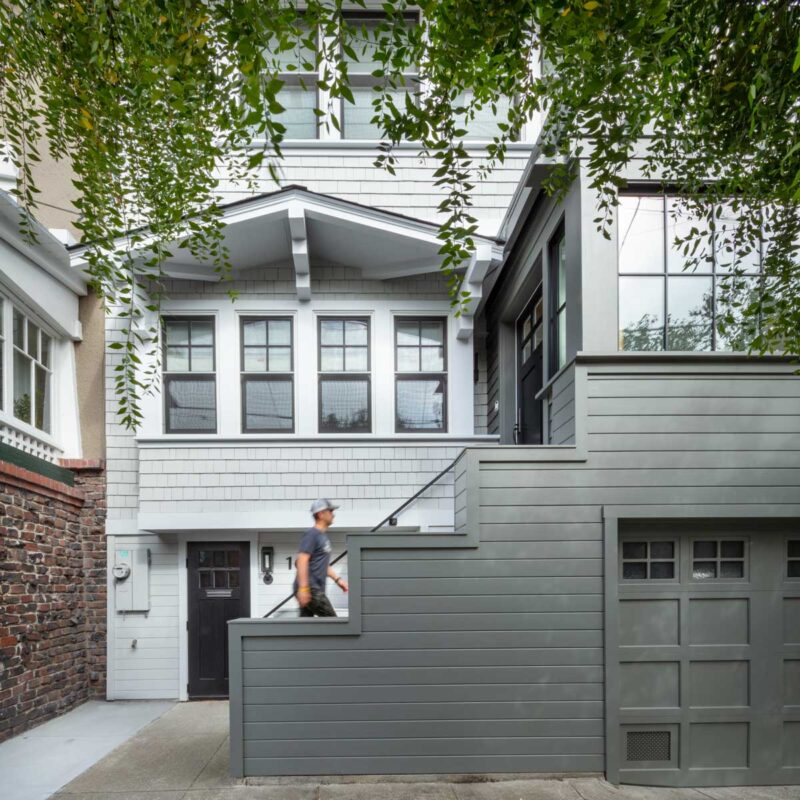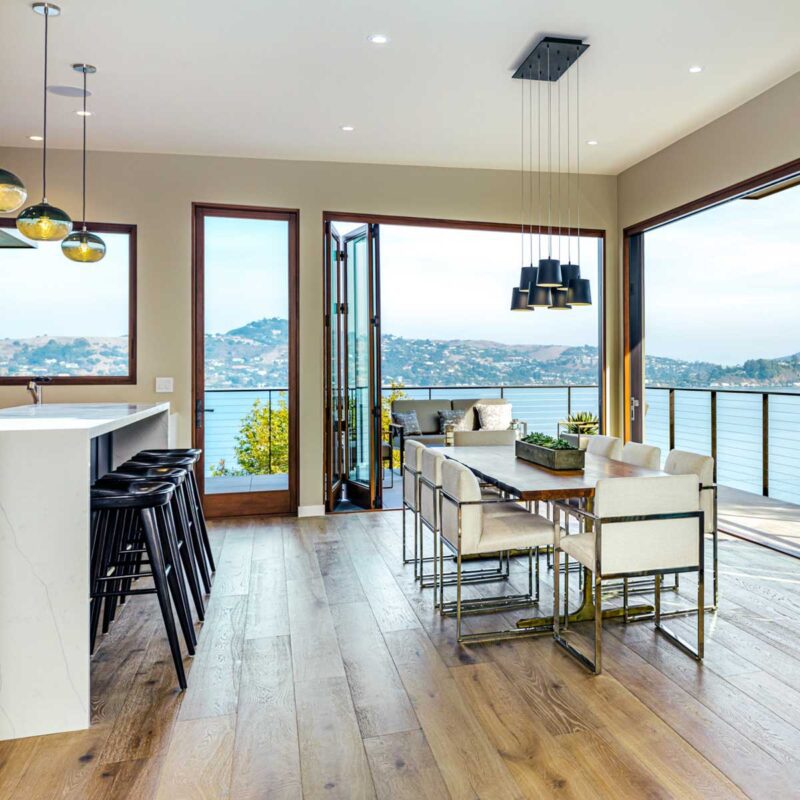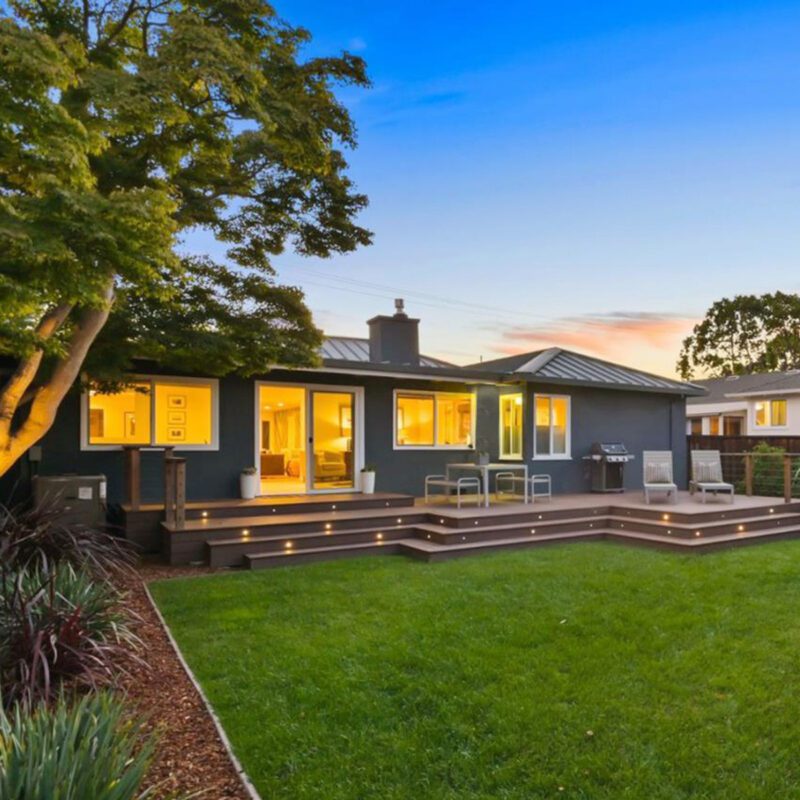What Is a Freestanding Tub?
A freestanding tub has space around it on all sides. It is not attached to a wall or structure of any kind. The oldest version you might have seen is the clawfoot tub, a staple of many lace-and-doily B&Bs. Clawfoot tubs are still around and can be painted a distinctive color to create a more edgy look. Freestanding tubs also come in egg shapes, rectangles, or can have a modern look with a little curve that gives them a more classic edge (perfect for old Victorians). The alternative to freestanding is an alcove tub, which is built against a wall on two or three sides.
Freestanding tubs offer a great opportunity for our clients to express their personal style.
Is a Freestanding Tub Right for Your Bathroom?
Coming in a wide variety of shapes and styles, freestanding tubs add definite personality to a bathroom’s design. They can create either a modern or traditional feel or blend the two, and they refine and add depth to the style of the bathroom in a way that alcove tubs simply can’t. We’ve redesigned old houses with modern freestanding tubs and modern houses with older-looking tubs. They offer a great opportunity for our clients to express their personal style.
On a practical note, freestanding tubs can fit into odd-shaped rooms or those with design constraints more easily than alcove tubs do. For remodels that have to work within an existing space, freestanding tubs may offer solutions that don’t require moving windows or walls.
Perhaps surprisingly, if you place a freestanding tub in the corner of the room so you can see the walls behind, it makes the room feel bigger. It doesn’t always give you more space, but it can change the feel of the room.
One of the more unique ways to make a bathroom feel special is to create a wet room, where there is no enclosure around the tub or shower. Everything can get wet, like in a European spa. A freestanding tub makes more sense in this type of space, something that might not be for everyone, but is worth considering!


Why Not to Choose a Freestanding Tub
As with everything, there are reasons not to choose a freestanding tub. The decision comes down to where you are in your life and what bubbles to the top in your list of priorities.
If you have small kids (notorious bathtub splashers), a freestanding tub might need to wait until they are older.

If you have small kids (notorious bathtub splashers), a freestanding tub might need to wait until they are older or even out of the house. Freestanding tubs are harder to clean around, and splashing can both create cleaning headaches and can damage surrounding surfaces if they are not completely waterproof.
Some people love the horizontal surfaces around alcove tubs, covering them with toiletries and candles, or resting their drinks on them. Most freestanding tubs do not provide an edge or surface to put things on—you can buy a bath caddie that goes across the tub, but that’s not a solution for everyone.

Showers also don’t work well with freestanding tubs (unless you are willing to live with a 360-degree shower curtain), so you need to have space for a separate shower, which can increase costs.
And on the topic of costs, freestanding tubs are more expensive than alcove tubs, because they have to be more structural to stand on their own, and have to be finished on all sides to look good in any installation. The plumbing can also be more expensive to install, whether it comes off the wall or the floor.
No Wrong Decision
Deciding whether to choose a freestanding tub comes down to personal taste and individual circumstances. Tubs are a focus of any bathroom, and the style you choose should work for your budget, design aesthetic, and lifestyle. No matter what type you choose, though, that new tub will be a welcome refuge after the construction process is finished!



































